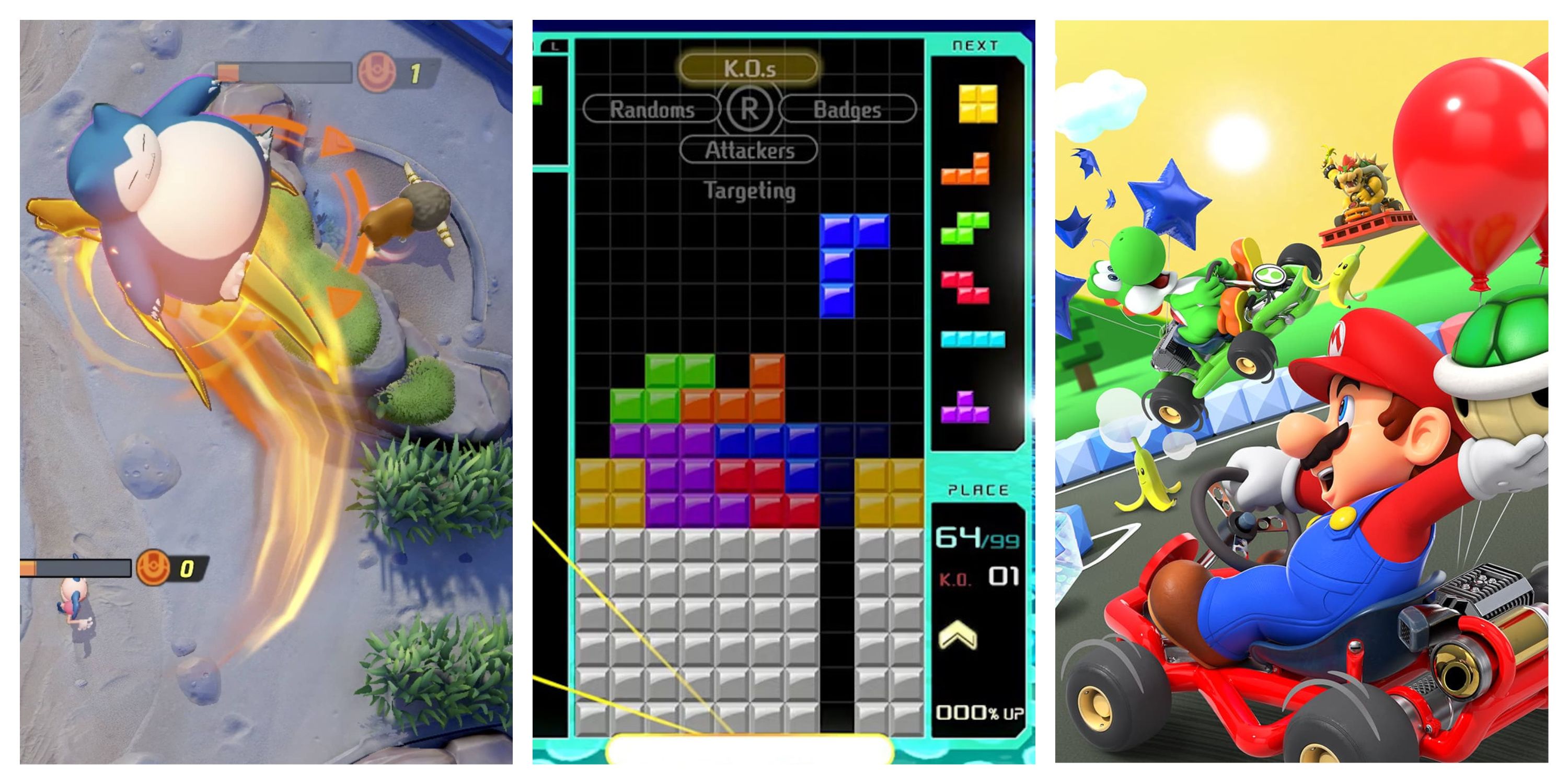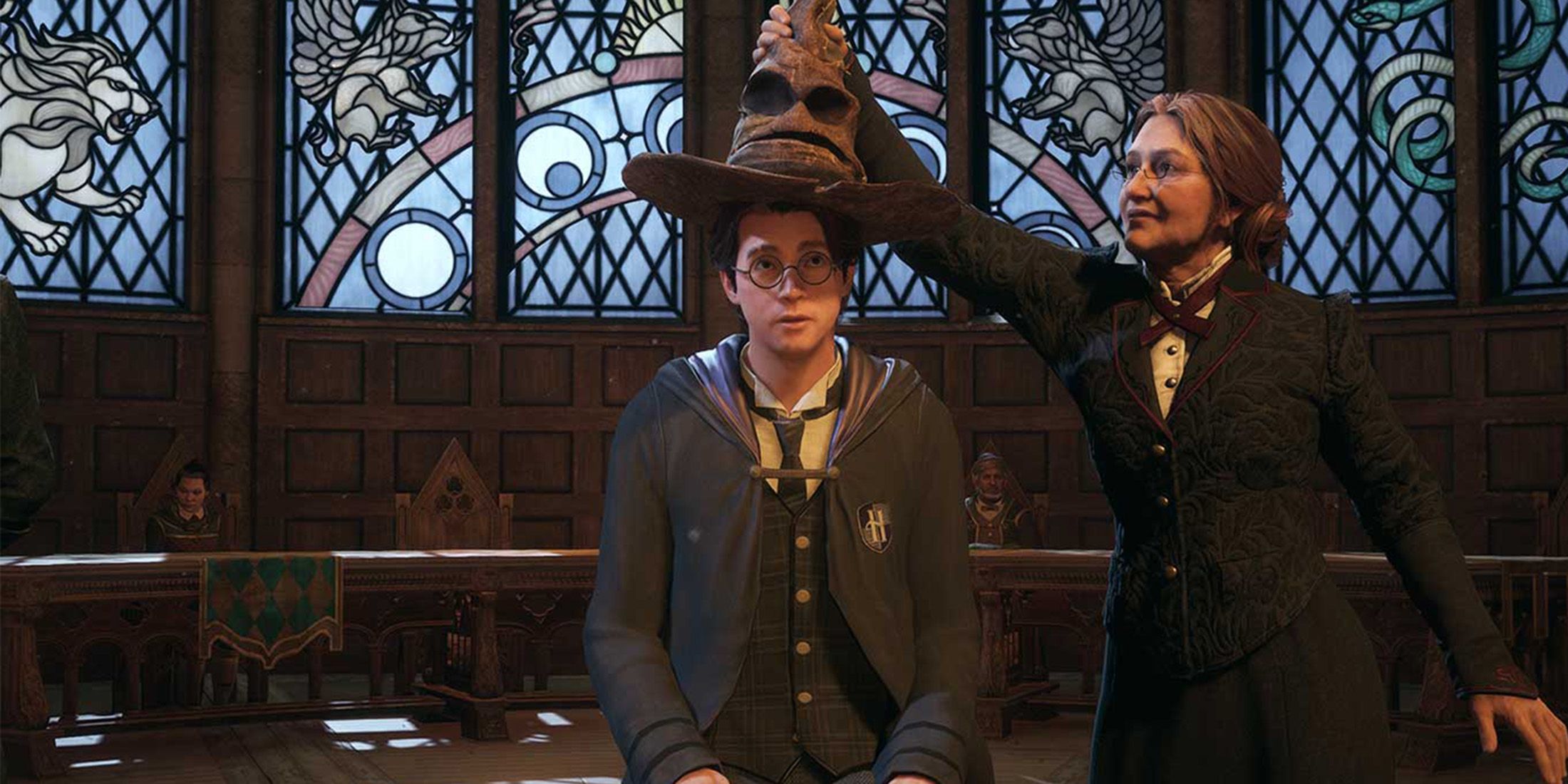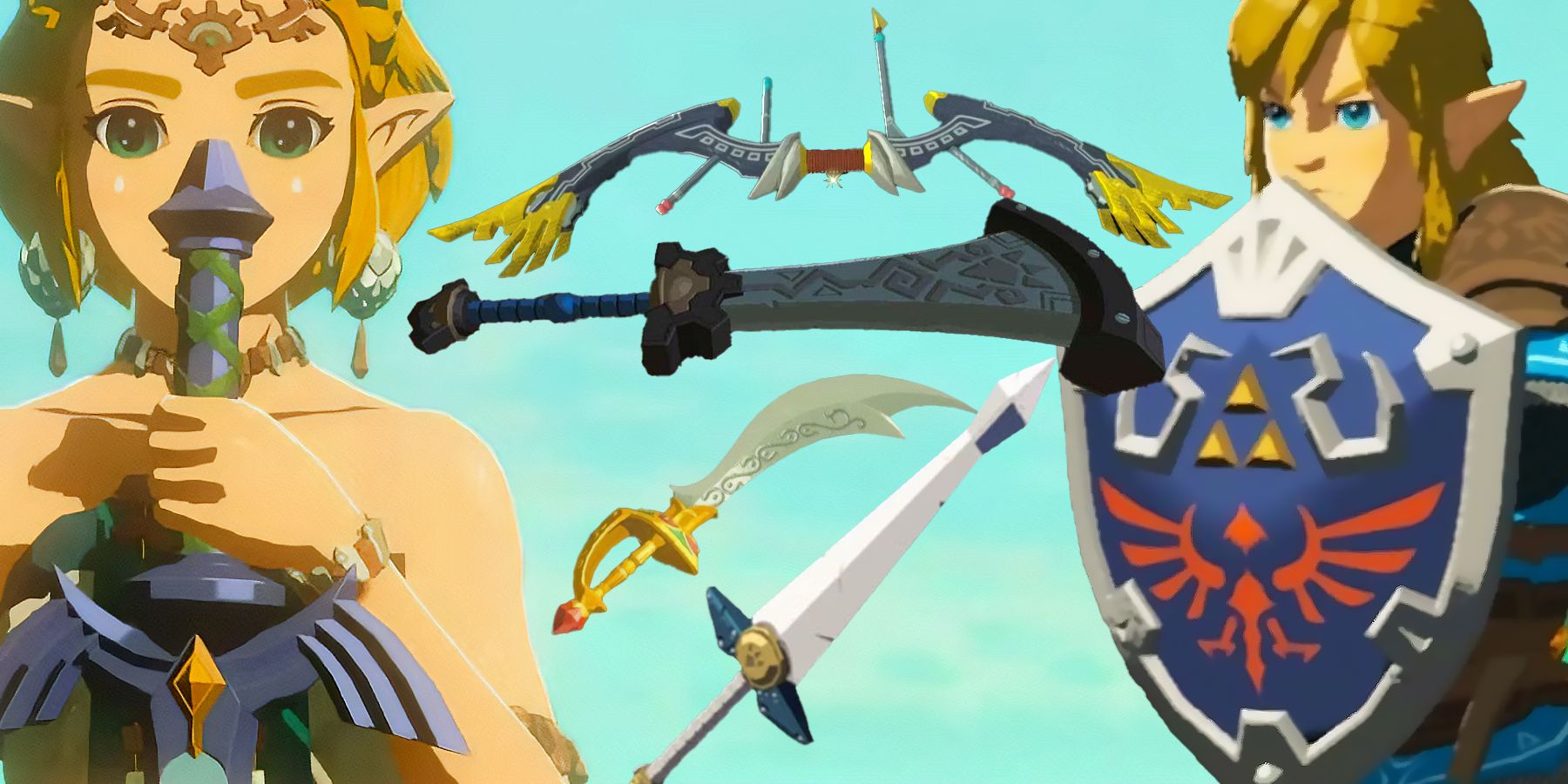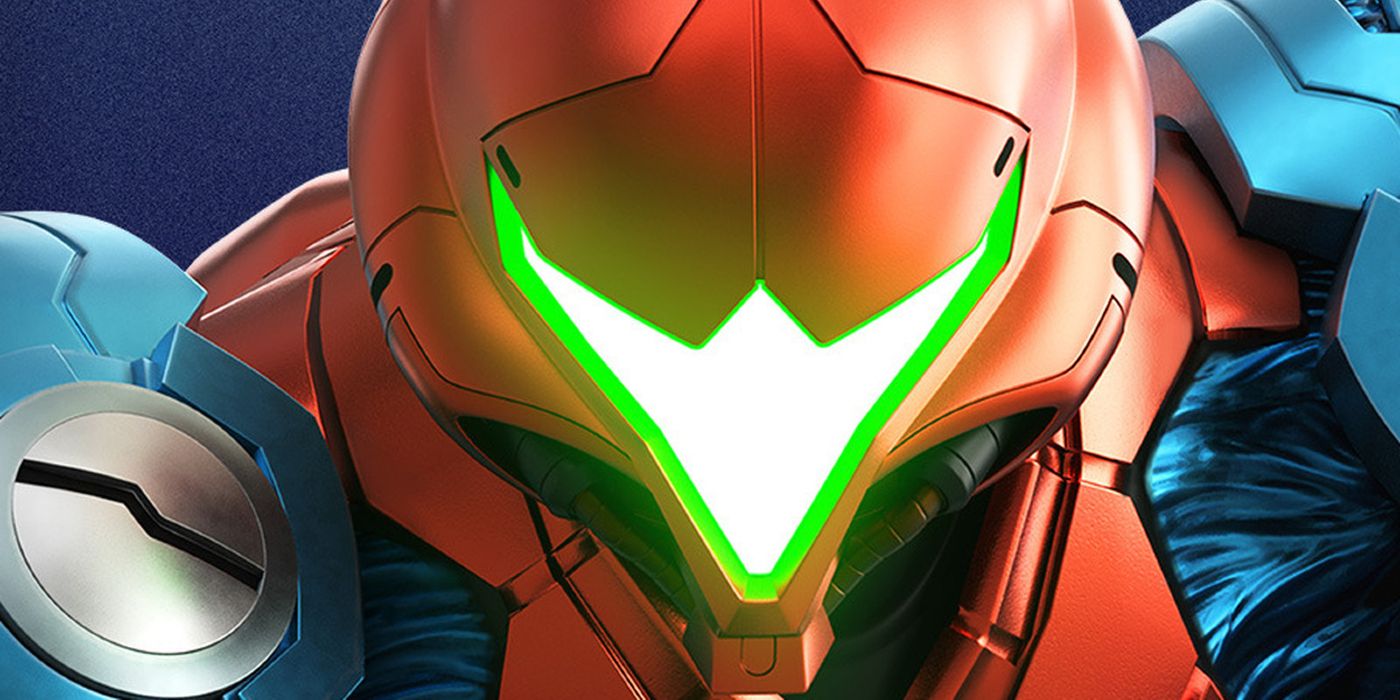Metroid Dread was recently announced at Nintendo's E3 presentation, with a trailer that showcases familiar visuals and gameplay from previous 2D Metroid games. Fans have since had time to observe the number of mechanics and details in Metroid Dread's announcement trailer, with some details being more unique than others.
Metroid Dread appears to revolve around the premise of Samus fleeing from the E.M.M.I., which are quadrupedal robots that stalk the character. Being caught by Metroid Dread's E.M.M.I. enemies seemingly results in the player's demise, making platforming a tense test of mastery and improvisation. Quick, reactionary combat is shown with sprinting parries and environmental obstructions that can be dealt with in a number of ways. However, one fan has shown particular interest in an animation design that is much easier to miss without closer inspection.
Dan Root, a professional 2D animator and indie game developer, has shared his appreciation toward Samus's animations in Metroid Dread. Particularly, Dan Root has directed his attention to Metroid Dread's use of "IK," which is an abbreviation of inverse kinematics. Of course, inverse kinematics appear to be a complex idea in game design and many fans have since asked Dan Root to elaborate further. Dan Root explains that because of inverse kinematics, Samus's hand is able to "connect convincingly to game environments" in the background.
The mathematical calculations are then able to orient the animation of the character model's arm in relation to a nearby surface. This concept appears to likely be common knowledge for many animators and designers, which gives an interesting insight into a mechanic that fans may have noticed in Metroid Dread without being able to explain what it is. This animation design may be seen often, as Metroid Dread's stealth mechanics may discourage players from moving around an environment too quickly.
Since sharing his appreciation post, Dan Root has received a response from Metroid Dread's Senior Gameplay and Player Programmer at MercurySteam, Carlos Fraguas Pizarro. Carlos has ultimately confirmed Dan Root's knowledge about game design, and Metroid Dread's use of inverse kinematics. Carlos appears pleased that fans have noticed such an intricate detail in Metroid Dread's E3 announcement trailer, using smile and heart emojis with his responses.
Because Metroid Dread is launching on Nintendo Switch, and is a 2D platformer, inverse kinematics further demonstrates the level of detail it has. For example, if fans are playing Metroid Dread on a Nintendo Switch in its portable, handheld mode, Samus's character model may not be appearing very largely on screens. But having the character model's hand interact with environments will perhaps immerse players into Metroid Dread's 2D environments.
Metroid Dread is currently slated to launch for the Nintendo Switch on October 8, 2021.




